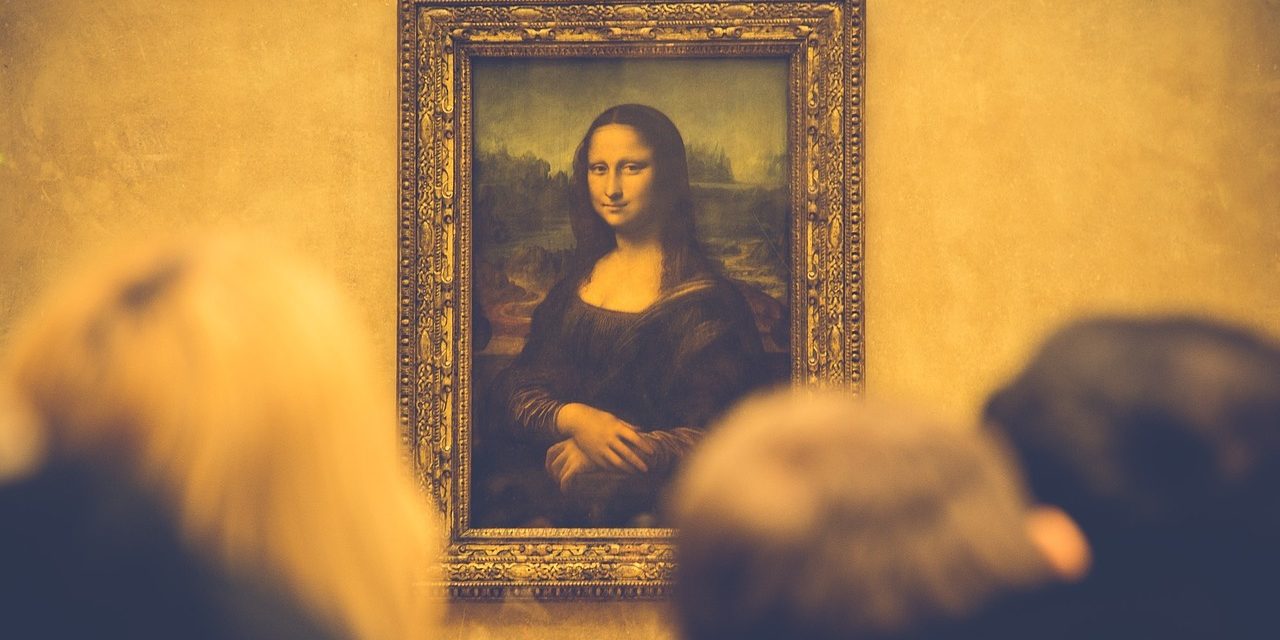Today Bloomberg Quint reported how art and “collectibles” (baseball cards, cars, jewelry, etc.) are slowly finding their way onto decentralized blockchain ledgers. The purpose is to be able to prove, with absolute certainty, the origin and trail of ownership (Provenance) of some previously owned and valuable item – usually an item whose original ownership is important – such as being sure that it was created by the named artist – or perhaps to be sure the item has not had a suspect path of ownership – such as being sure a rare car has not been wrecked. Buyers would be able to review the ledger for a piece of work they want to purchase, and track it from its origin, through the hands of other buyers, and all the way to the gallery, auction house, or any point of sale.
This traceability can put a stop to the problem of forgeries. Fear of forgeries has been around since the first time the owner of a piece of art tried to sell it to a stranger. “How do I know this work is not a fake?”, asks the buyer. “You have to trust me”, says the seller. “Riggghhtttt!!”, says the buyer.
Forgeries are a huge problem and their sale is worth billions of dollars per year. These fakes would be greatly reduced due to blockchain traceability and proof of ownership. The value of art would probably greatly enhanced due to the increased amount of trust by the buyer.
Currently proving provenance can be a very expensive and time-consuming process since experts have to be hired – and even experts can be bribed. This type of proof also usually requires that trusted documents have been well maintained, unaltered, and safely stored since the time that item for sale was originally created.
Some art and collectibles do currently have printed certificates of authenticity, but with advances in digital copying and printer technology, even forged art has forged certificates.
A digital certificate stored on the blockchain which verifies the trail of ownership solves the problem of forged items and forged certificates of authenticity. No more trust in the seller is necessary. Blockchain records are unalterable and so they can be trusted even if the seller can’t be. Each piece of art would come with a digital certificate of authenticity, stored on the blockchain, which could include such things as production date, current ownership, title, dimensions, and blockchain address and public key.
Selling a piece of art would include transferring not just the art, but also the certificate, just as a cryptocurrency token is transferred. Each certificate could be verified on the blockchain to confirm that there is no other owner and the trail of ownership is as advertised. Each time the valued item is sold, the new transaction would be permanently entered into the unalterable blockchain. This type of certificate handling could also allow the buyer to remain anonymous, as many buyers of expensive works usually prefer to be.
The specific blockchain to be used for these transfers could use almost any existing cryptocurrency blockchain, or it could be a new one designed specifically to transfer the ownership of art and collectible certificates.
Purchases could be with fiat currency, but also, optionally could be conducted using cryptocurrencies themselves. The advantage would be that buyers would not be able to back out of winning bids (a serious problem in the auction world) they have made if they were entered as smart contracts. These same buyers would also not need to submit to the extensive discloser that is normally a part of high-value bidding. These types of disclosures could be a problem for international bidders, but they would not be an issue if they are bidding with a cryptocurrency smart contract.
Look for your next purchase of collectible Batman comic books, or an original Mona Lisa, coming to a blockchain near you soon.
Read the entire Bloomberg story here




